A new AI-guided process designs antibodies from scratch. The method relies on the RFdiffusion model developed in the lab of 2024 Nobel prize-winner David Baker, and produces new antibodies that target specific antigen sites with atomic-level precision. The approach could one day accelerate the discovery of new antibody-based medicines.
Antibodies are highly sought after proteins that bind structures, called epitopes, on things like viruses, bacteria or cancer cells and help the immune system recognise and fight them. Their potential as precision drugs is promising but antibody discovery is a laborious, slow process.
‘Design, in theory, allows you to pre-specify exactly where and how you want an antibody to bind,’ explains Joseph Watson a former postdoc in Baker’s lab at the University of Washington, US, who helped develop the new model.
‘Antibodies have been historically very difficult to model and design on a computer, because they bind in a less rigid way than many other binding molecules,’ says Watson. They are also structurally different from most other classes of protein, which gives them their ability to bind with high specificity and accurately discriminate between near identical molecules.
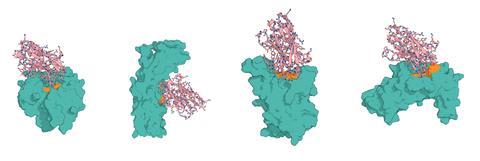
To tackle this, Watson’s team turned to RFdiffusion, a model that excels at designing proteins that bind to molecular targets. ‘We don’t just want to be able to design any antibody,’ says Watson. ‘We want to be able to design antibodies of a specific type, that bind to a specific epitope on the target protein.’
To optimise RFdiffusion for this task, Watson and his colleagues trained the model using all of the publicly available antibody structures they could find. The upgraded model was able to produce binders for influenza haemagglutinin and Clostridium difficile toxin B that did not resemble existing structures in the Protein Data Bank, confirming the model’s ability to accurately produce entirely new antibodies.
In another test the model produced antibodies that selectively target a mutant form of the Phox2b peptide found in cancers, which differs from the healthy version by only one amino acid group.
According to Mark Cragg, a cancer immunologist at University of Southampton in the UK, the method is extremely promising. However, Cragg points out that for some targets 9000 designs were needed and screened. ‘This demonstrates that the failure rate of binders is still quite high,’ he adds. Despite this, Cragg believes de novo antibody design will become more viable as models improve and more antibody and antigen structures are made available.
Watson also acknowledges that ‘the affinities of the antibodies we designed in this study are somewhat modest’ and would require further optimisation for clinical applications. ‘Going from antibody binders to antibody drugs is the next step,’ he says.
References
N R Bennett et al, Nature, 2025, DOI: 10.1038/s41586-025-09721-5
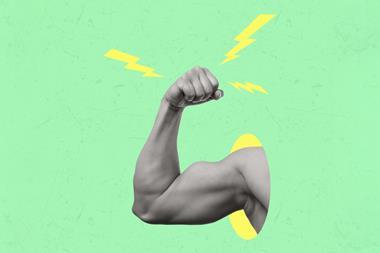
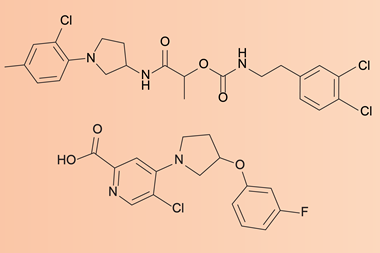
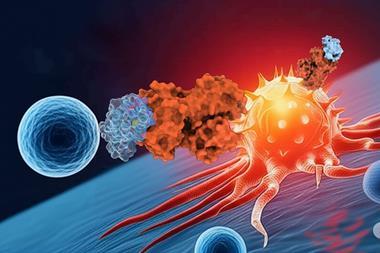
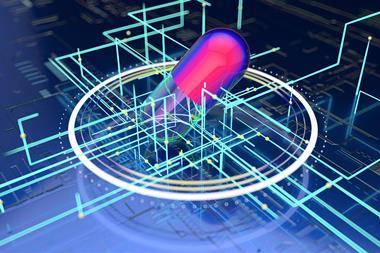





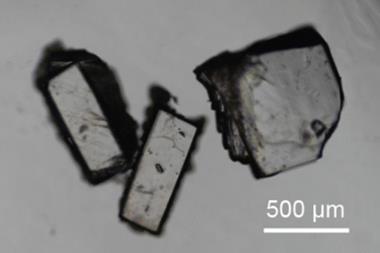

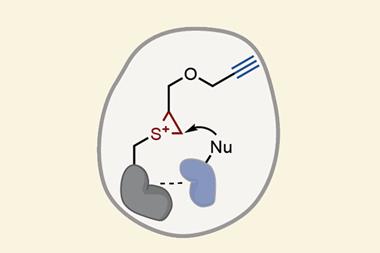
No comments yet